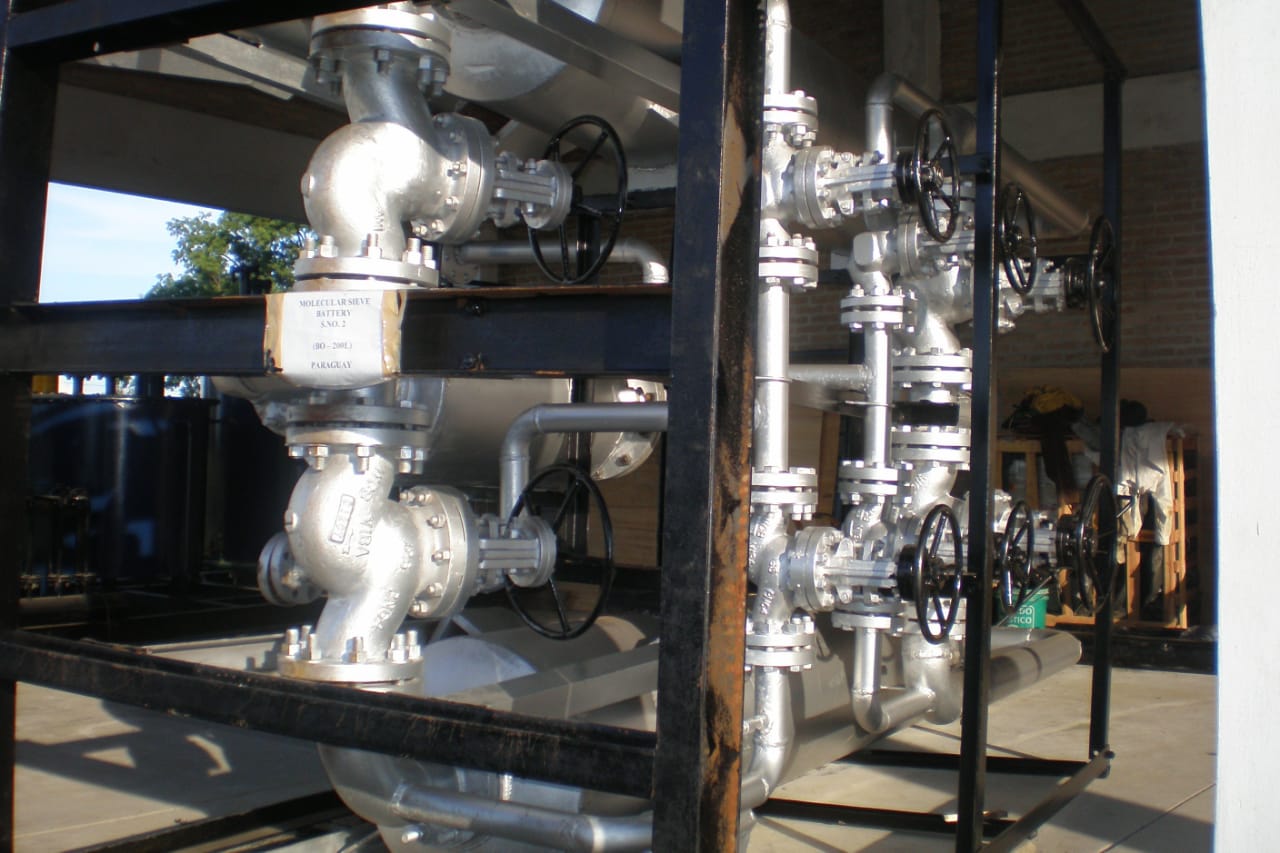- A-29, Industrial Area, Site IV,
Sahibabad, Ghaziabad, UP, India. - (+91-120) 2896063
info@bhartiyagroups.com


Oxygen is a vital gas because of its extensive application in so many industries. It aids in combustion although in itself it is combustible.
Although explosive within itself, it aids in ignition. It is the most important property and is used in a range of industries. The oxygen level of the Earth's atmosphere is just 21%, which would be sufficient for industrial purposes. Industrial operations are needed to acquire higher oxygen concentrations. There are a variety of methods used in commerce to create O2 with a purity of up to 99.7%, which is considered sufficient for all kinds of industrial needs. In the following paragraphs, we'll go through the most common industrial oxygen generation devices.
Adsorption of Pressure Swings (PSA)
PSA oxygen plant is a commonly used industrial technique used to generate oxygen. However, before diving into depth about just the method, we should first define what adsorption is. Adsorption is the attachment of molecules, molecules, elements, ions, and atoms from gases and liquids to a surface. The adsorbate is deposited on the surface in a thin layer. This approach utilizes ambient air, typically containing 21% oxygen, 78% nitrogen, 0.9 percent argon and a variety of those other gases.
Two containers with Zeolite Molecular Sieve are employed as adsorption processes in PSA machinery and equipment. Nitrogen is deposited in the porous membrane whenever it passes through these containers, while oxygen is permitted to flow through it and captured as a product gas. The inlet of ambient air is changed on to the other extractor once it has been saturated with nitrogen, while that one is regenerated by displacement nitrogen with the help of pressure and purging and use some of the product oxygen. This cycle continues, with pressure building during absorption (generation) and reducing during desorption (regeneration).
Dilution by Fractions
Another common way of producing industrial oxygen is this. It is equally, if not more, desirable in commercial processes. However, one thing seems certain: it is well-known as being the most effective at creating oxygen of the best standard. It also takes the cake when it comes to major oxygen production plants. The technique removes dust by sucking air flow into the gas processing unit's input. The air is then purified before ever being compressed in the air pump.
After compression, the air passes through a purification unit, which removes pollutants such as carbon dioxide, hydrocarbons, and moisture. After that, the air is cooled to cryogenic temperatures and fed through with a series of heat transfer to accomplish liquefaction. In the rising air separation column, the liquid air is separated into oxygen and other gases. At the bottom of the column, O2 is created, while nitrogen is formed at the top. The necessary gas is collected and distilled to reach professional grade purity in a high - pressure distillation process.
PSA oxygen plant and cryogenic processes dominate respiration in industry, with the former being suitable for small companies requiring quality of up to 95% and the latter being the greatest option for gaining high purity of up to 99.7%.
PSA oxygen plant, oxygen production plants, psa oxygen plant, psa oxygen plant with cylinder filling station, oxygen gas production plant







